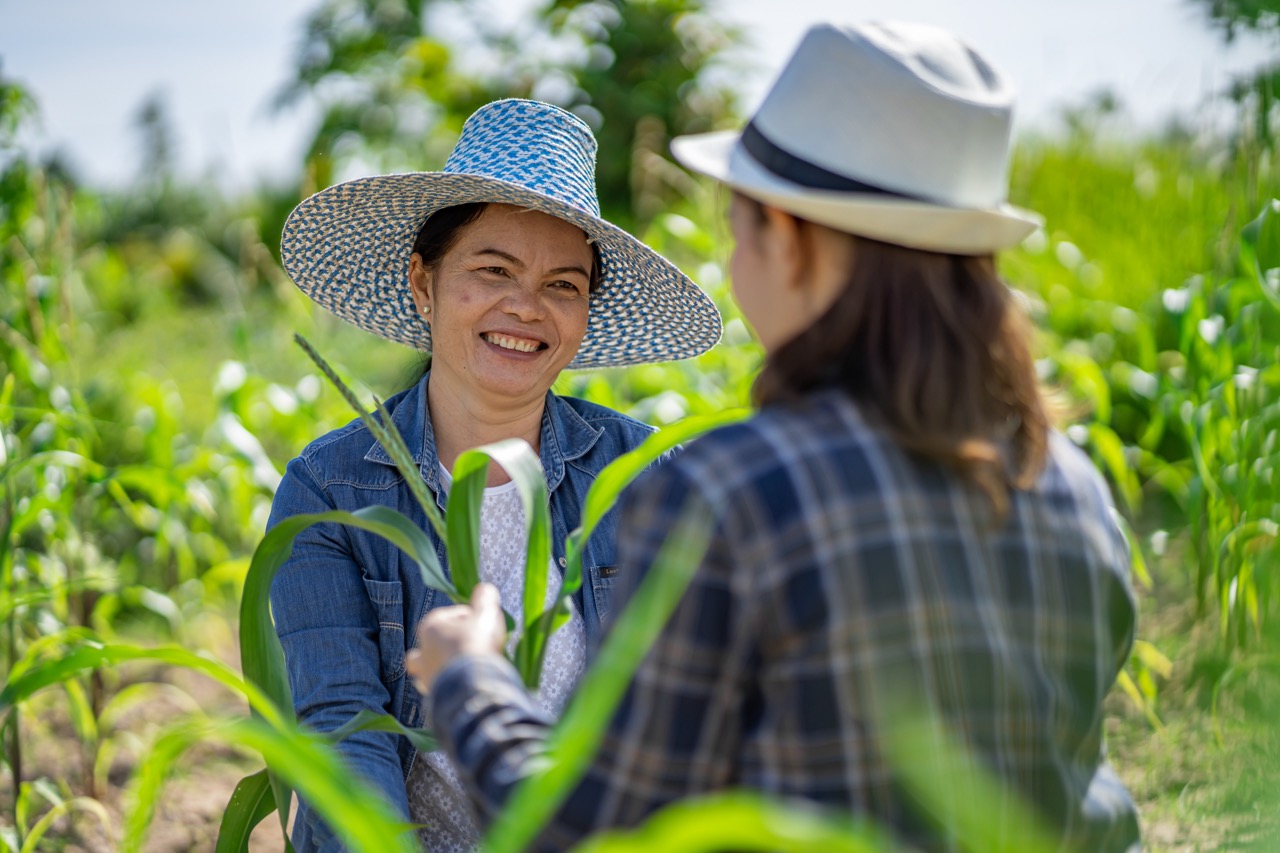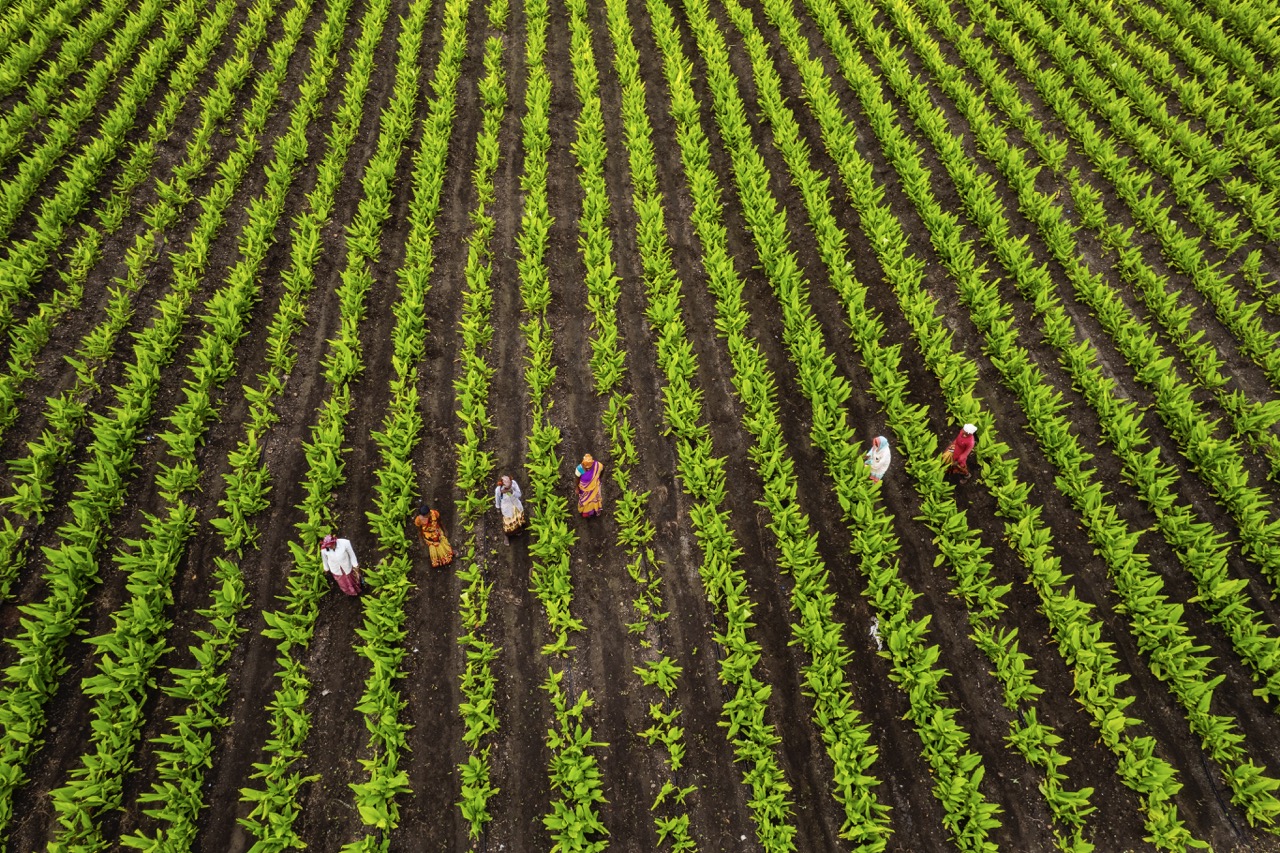Sharecropping has long been a significant agricultural practice, particularly in the southern United States, where it emerged during the post-Civil War era. This system, which allows landowners to rent out their land to farmers who lack capital, is a complex arrangement that can lead to both prosperity and conflict. As more individuals and communities engage in sharecropping today, understanding the best practices for sharecropping agreements becomes crucial. This article explores the historical context of sharecropping, outlines essential elements for effective agreements, provides negotiation strategies, and discusses legal considerations to ensure that both parties are protected and can work harmoniously.
Understanding Sharecropping: A Historical Perspective
Sharecropping originated in the wake of the American Civil War, as a response to the economic devastation and social upheaval that followed. Landowners, facing labor shortages and the need to maintain their agricultural operations, needed a solution to keep their lands productive. Meanwhile, many freed slaves and poor whites required a means to earn a living without the resources to purchase or rent land outright. This system became a mutually beneficial, albeit often exploitative, arrangement where landowners provided the land and resources, while sharecroppers contributed labor and received a portion of the crop yield.
Despite its historical roots, sharecropping has evolved to encompass various agricultural practices around the world. In regions where resources are scarce and capital investment is limited, sharecropping remains a viable option for many families and communities. However, the legacy of sharecropping is not without its challenges; the inherent power imbalance between landowners and sharecroppers can perpetuate cycles of poverty and dependency. Understanding this historical context is vital for modern practitioners, as it informs the nature of contemporary agreements and highlights the importance of fairness and equity in these arrangements.
In today’s context, sharecropping agreements can be beneficial for both parties when structured thoughtfully. The rise of cooperative farming and community-supported agriculture has redefined some aspects of sharecropping, leading to more equitable arrangements. However, the historical legacy of exploitation can still influence perceptions and practices. As both landowners and sharecroppers engage in these agreements, it is essential to learn from the past to foster a more just and productive agricultural future.
Key Elements to Include in Sharecropping Agreements
A well-structured sharecropping agreement should clearly outline the roles and responsibilities of both parties involved. This includes specifying the amount of land being cultivated, the type of crops to be grown, and the duration of the agreement. Additionally, it is critical to establish how the harvest will be divided—typically, sharecroppers receive a pre-determined percentage of the crops produced, while the remainder goes to the landowner. Clarity in these arrangements prevents misunderstandings and sets a solid foundation for the working relationship.
Financial arrangements are another essential element that should be explicitly addressed in the agreement. This includes provisions for costs associated with planting, cultivating, and harvesting crops, as well as any potential deductions for seeds, fertilizers, or equipment usage. Both parties should agree on how these expenses will be managed and reimbursed, ensuring that sharecroppers are not unduly burdened by hidden costs that can erode their share of the profits. Proper accounting practices should also be outlined to maintain transparency and fairness.
Lastly, an effective sharecropping agreement should include provisions for crop management and land maintenance. This encompasses not only the agricultural practices to be followed but also the responsibilities for ensuring the land remains productive and sustainable. Both parties should agree on practices that promote soil health, pest management, and crop rotation. By including these elements in the agreement, sharecroppers and landowners can foster a more collaborative environment that prioritizes the long-term viability of the agricultural venture.
Best Practices for Negotiating Fair Terms and Conditions
Negotiating sharecropping agreements should prioritize open communication between landowners and sharecroppers. Establishing a dialogue where both parties feel comfortable expressing their needs, concerns, and expectations can lead to more equitable terms. Transparency is key; landowners should disclose any existing debts, property conditions, and other factors that may affect the agreement. Similarly, sharecroppers must communicate their available resources, skills, and expectations regarding crop yields. This foundation of trust can minimize potential conflicts down the line.
Furthermore, it is beneficial for both parties to conduct market research together to understand current trends in crop prices and agricultural practices. This knowledge can aid in negotiating fair compensation and crop-sharing percentages that reflect market realities rather than historical precedents. Landowners and sharecroppers should also explore flexibility within the agreement to adapt to unforeseen changes in market conditions, weather patterns, or crop yields. This adaptability can be crucial in maintaining a productive relationship over time.
Lastly, seeking the guidance of agricultural experts or legal advisors during the negotiation process can be invaluable. These professionals can provide insights into best practices, market dynamics, and legal standards, ensuring that the agreement is both fair and compliant with local laws. By involving knowledgeable third parties, landowners and sharecroppers can establish a more balanced agreement that protects their rights and fosters a spirit of cooperation.
Legal Considerations and Dispute Resolution Strategies
Legal considerations are paramount in sharecropping agreements, as they provide a framework for enforcing the terms of the arrangement. It is essential for both parties to understand their legal rights and obligations under local laws, which may vary significantly by region. Formalizing the agreement in writing, including explicit terms and conditions, not only protects the interests of both parties but also offers a reference point in case of disputes. Incorporating legal language or consulting with an attorney can enhance the validity and clarity of the agreement.
Dispute resolution strategies should also be integrated into the agreement to address potential conflicts that may arise during the term of the sharecropping arrangement. This could include provisions for mediation or arbitration, which can provide a less adversarial and more cost-effective means of resolving disagreements compared to litigation. Outlining a clear process for addressing disputes can help maintain the working relationship and reduce the likelihood of escalation.
Lastly, maintaining accurate records throughout the sharecropping period can serve both as a communication tool and a means of dispute resolution. Both parties should document crop yields, related expenses, and any agreements made during the cultivation process. These records can provide crucial evidence in the event of disagreements and help ensure that both parties uphold their commitments. By combining solid legal frameworks with effective communication and record-keeping, sharecropping partnerships can thrive in a fair and sustainable manner.
Effective sharecropping agreements are key to fostering successful agricultural partnerships that benefit both landowners and sharecroppers. By understanding the historical context of sharecropping, incorporating essential elements into agreements, negotiating fair terms, and addressing legal considerations, both parties can create a foundation for a productive and equitable relationship. As the landscape of agriculture continues to evolve, these best practices will not only honor the legacy of sharecropping but also pave the way for a more sustainable agricultural future.










